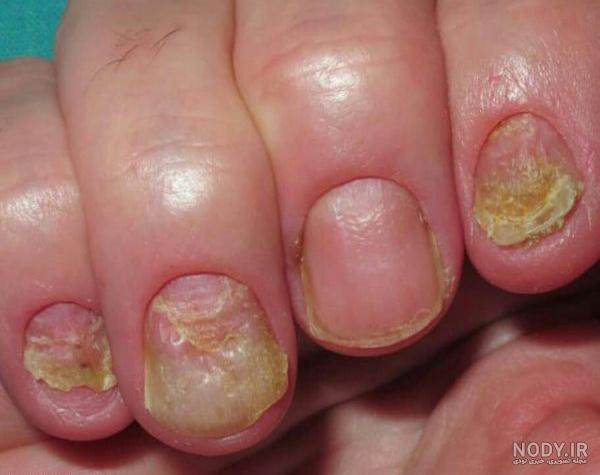Nail Fungus
Nail Fungus
Book Now
Nail Fungus
What is Nail Fungus?
Nail fungus is an infection caused by fungal microorganisms affecting the nails of the hands or feet. It leads to thickening, discoloration, changes in shape, and breaking of the nails. Several different types of fungi can cause nail fungus. Fungi thrive in the damp, airless environment inside shoes. Foot fungus can create an ideal environment for nail fungus.
What are the Symptoms of Nail Fungus?
- The nail color changes to yellow or brown.
- The nail thickens and grows excessively.
- There may be a foul-smelling buildup underneath the nail.
- As the infection progresses, the nail may crumble, break off, or thicken to the point of causing discomfort or pain inside the shoe.
What Are the Risk Factors for Nail Fungus?
- Occupations where feet remain damp for long periods (such as military personnel, athletes, miners, etc.).
- Medical conditions that reduce your resistance to infection or hinder blood flow to the toes (such as diabetes, circulation problems, HIV).
- Nail trauma or injury.
- Wearing tight and pointed shoes that compress the toes.
- Using communal facilities like locker rooms, swimming pools, and showers.
- Wearing the same shoes consecutively without giving them time to air out.
- Manicures and pedicures done with unsterilized tools in unsanitary conditions.
- Walking barefoot on the ground.
- Excessive sweating of the feet creating a moist environment.
- Poor foot hygiene.
How to Prevent Nail Fungus?
To prevent nail fungus:
- Wear comfortable shoes and socks that allow your feet to breathe.
- Avoid wearing other people's shoes, sandals, or slippers in shared areas like showers and locker rooms.
- Wash your feet every day and dry them thoroughly.
- Wear clean socks every day.
- Keep your nails trimmed short.
- Disinfect pedicure tools before use.
How is Nail Fungus Treated?
Treatment can begin with the removal of the infected nail by your doctor. This can be done through the following methods:
- Cutting the nail with scissors.
- Filing the nail.
- Using a cream containing urea to dissolve the nail.
If the infection is mild and limited to a small area of the nail, your dermatologist may prescribe an antifungal cream or medicated nail polish. If the infection affects a larger area or several nails, your doctor may recommend oral antifungal treatment such as terbinafine or itraconazole. Both medications can sometimes cause troublesome side effects. Itraconazole, in particular, may cause serious drug interactions. In severe cases where nail fungus is resistant to treatment, surgical removal of the entire nail may be required.
Make an Appointment
The best way to enjoy a treatment at our salon is to book an appointment with the desired esthetician. Fill in the form below and we will contact you to discuss your appointment.